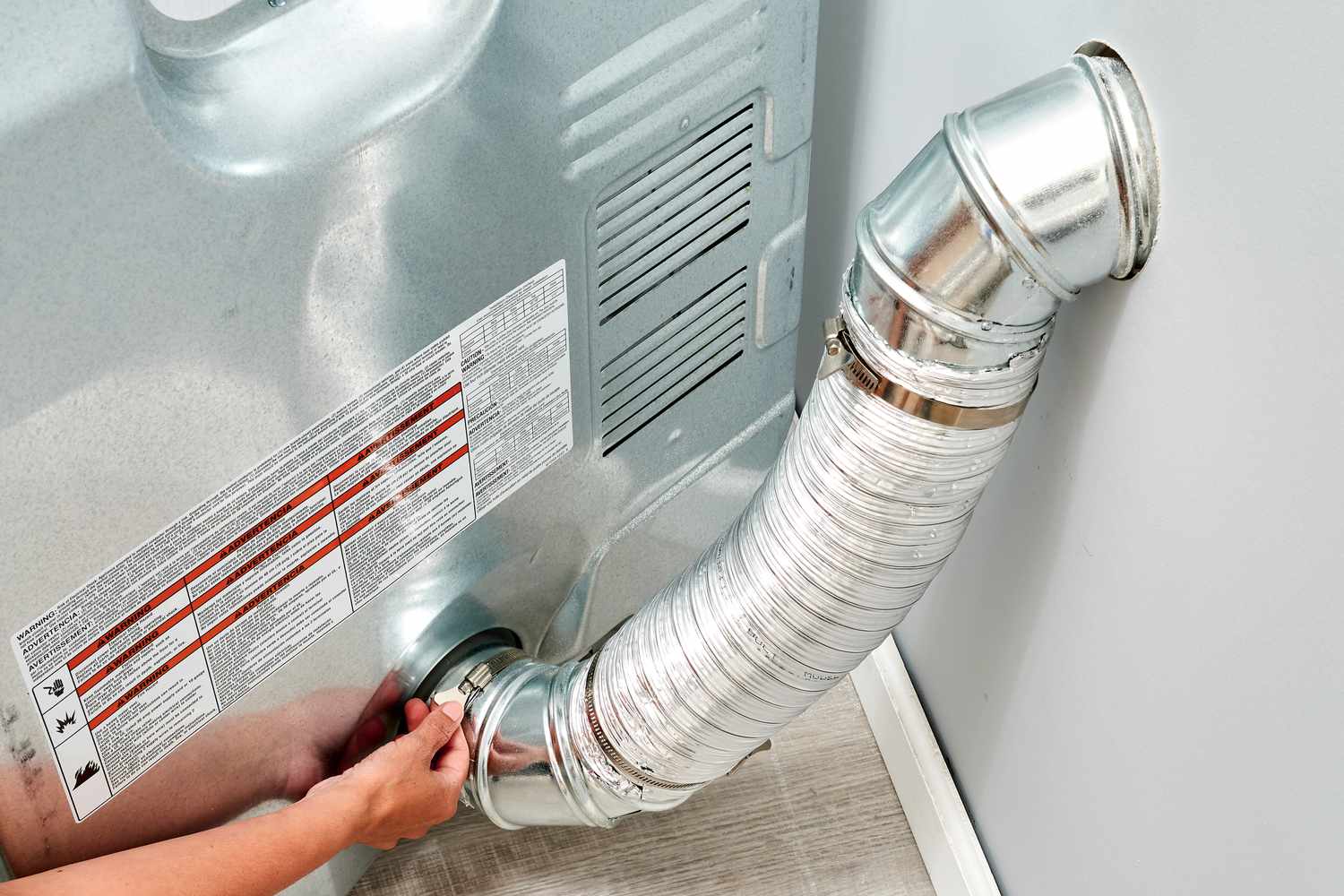

Articles
How To Replace Dryer Vent
Modified: January 19, 2024
Learn how to replace your dryer vent with helpful articles and expert tips. Bring efficiency back to your laundry routine with our easy-to-follow instructions.
(Many of the links in this article redirect to a specific reviewed product. Your purchase of these products through affiliate links helps to generate commission for Storables.com, at no extra cost. Learn more)
Introduction
Having a properly functioning dryer vent is essential for efficient and safe operation of your clothes dryer. A dryer vent helps to remove hot air, moisture, and lint from your dryer, preventing it from building up and potentially causing a fire hazard. Over time, the vent may become damaged or blocked, compromising its effectiveness. In such cases, it becomes necessary to replace the dryer vent to ensure the continued performance of your dryer.
In this article, we will provide you with a step-by-step guide on how to replace a dryer vent. By following these instructions, you can successfully replace your old vent with a new one, ensuring proper ventilation and reducing the risk of dryer-related issues in your home.
Before we get started, it’s important to note that working with electrical appliances can be dangerous, and it’s always recommended to turn off the power supply before attempting any repairs or replacements. If you’re not comfortable working with electricity, it’s best to consult a professional for assistance.
Now, let’s dive into the process of replacing your dryer vent, step by step.
Key Takeaways:
- Properly replacing a dryer vent involves gathering the right tools, turning off the power supply, disconnecting the old vent, preparing and installing the new vent, and testing its functionality. Safety and attention to detail are crucial throughout the process.
- After replacing the dryer vent, it’s important to secure it in place, test its functionality, clean up the work area, and restore the power supply. Regular maintenance and cleaning of the vent are essential for safe and efficient dryer operation.
Read more: How To Replace A Dryer Vent Pipe
Step 1: Gather the necessary tools and materials
Before you begin the process of replacing your dryer vent, it’s important to gather all the necessary tools and materials. This will ensure that you have everything you need within reach, saving you time and avoiding interruptions during the installation process.
Here are the tools and materials you’ll need:
- A new dryer vent kit, which typically includes a vent hood, duct, clamps, and screws. Make sure to choose a vent kit that is compatible with your dryer model.
- A screwdriver or a nut driver to loosen and tighten screws.
- A pair of pliers to disconnect and reconnect the vent.
- A level to ensure the proper alignment of the vent.
- A tape measure to measure the dimensions for the new vent installation.
- A utility knife or metal snips to cut the duct if necessary.
- A flashlight to provide ample lighting in tight spaces.
- Safety goggles and gloves to protect your eyes and hands during the installation.
Make sure to check the instructions provided with the new vent kit, as it may include additional tools or materials specific to that particular kit. By gathering all the necessary tools and materials beforehand, you’ll be well-prepared for a smooth and hassle-free replacement process.
Now that you have everything you need, let’s move on to the next step: turning off the power supply.
Step 2: Turn off the power supply
Before you begin working on your dryer vent, it’s important to turn off the power supply to ensure your safety. This step will prevent any accidental electrical shock while you’re disconnecting and reconnecting the vent. Here’s how you can turn off the power:
- Locate your home’s electrical panel. It is usually found in the basement, garage, or utility room.
- Open the panel door and look for the circuit breaker labeled for your dryer. It may be labeled as “dryer,” “laundry,” or something similar.
- Once you’ve identified the correct breaker, flip it to the “off” position. This will cut off the power supply to the dryer.
- Double-check that the power is indeed off by attempting to turn on the dryer. If it doesn’t power on, you can proceed with confidence.
It’s important to note that some homes may have a dedicated electrical outlet for the dryer instead of a circuit breaker. In this case, simply unplug the dryer from the outlet to ensure it’s disconnected from the power source.
Remember, safety should always be your top priority when working with electrical appliances. Take the time to turn off the power supply and double-check that it’s disconnected before moving on to the next steps.
Now that you’ve turned off the power supply, we can proceed with the next step: disconnecting the old dryer vent.
Step 3: Disconnect the old dryer vent
With the power supply turned off, it’s time to disconnect the old dryer vent. This step involves detaching the existing vent from both the dryer and the exterior vent hood. Follow these steps to disconnect the old dryer vent:
- Locate the dryer’s exhaust vent, which is typically located at the rear of the dryer. It is a metal duct that extends from the dryer to the wall.
- Using a screwdriver or a nut driver, loosen the screws or clamps securing the vent to the dryer. Keep in mind that some dryers may have a different method of attachment, such as spring clips or twist-lock mechanisms.
- Once the screws or clamps are loosened, carefully pull the vent away from the dryer. Be gentle to avoid damaging any components.
- Next, move to the exterior of your home where the vent hood is located. This is usually on an exterior wall or on the roof.
- Inspect the vent hood to find any screws or clamps holding it in place. Loosen these screws or clamps, taking care not to drop them.
- After loosening the screws or clamps, gently pull the vent hood away from the wall or roof. You may need to twist or turn it slightly to release it.
Now that the old dryer vent is disconnected from both the dryer and the exterior vent hood, you can proceed to the next step: preparing the new dryer vent.
Step 4: Prepare the new dryer vent
Now that the old dryer vent is disconnected, it’s time to prepare the new dryer vent for installation. This step involves ensuring that the new vent is properly sized and preparing it for attachment to the dryer and the exterior vent hood. Here’s what you need to do:
- Measure the dimensions of the opening where the old vent was connected to the dryer. This will help you determine if any adjustments or modifications are necessary.
- Inspect the new dryer vent kit and check if it matches the measurements you took. If needed, use a utility knife or metal snips to trim the duct to the appropriate length.
- Check if the new vent kit comes with a vent cover or hood. If not, consider purchasing one separately to ensure maximum efficiency and protection against outdoor elements.
- If the new vent requires any assembly, follow the manufacturer’s instructions to put it together. This may involve connecting sections of the duct using clamps or screws provided in the kit.
- Ensure that all connections in the new vent are secure and tight. Loose connections can lead to air leaks, reducing the effectiveness of the vent.
By properly preparing the new dryer vent, you’ll ensure a seamless installation process and optimal performance. Once you’ve prepared the new vent, you’re ready to move on to the next step: installing the new dryer vent.
When replacing a dryer vent, make sure to use the correct size and type of vent for your dryer model. Clean the area thoroughly before installing the new vent to ensure proper airflow.
Read more: How To Replace A Dryer Vent Cover
Step 5: Install the new dryer vent
With the new dryer vent prepared, it’s time to install it in its designated location. This step involves attaching the vent to both the dryer and the exterior vent hood. Follow these steps to install the new dryer vent:
- Position the new vent duct against the opening on the back of the dryer. Align it properly, ensuring a snug fit.
- Using a screwdriver or a nut driver, tighten the screws or clamps to secure the vent duct to the dryer. Make sure the connection is firm but not overly tightened.
- Move to the exterior vent hood opening and position the new vent hood against it. Again, ensure proper alignment.
- Using the provided screws or clamps, secure the vent hood to the exterior wall or roof. Ensure that the vent hood is properly sealed against the opening to prevent air leaks.
- Double-check all connections to ensure they are secure and tight. Make any necessary adjustments to achieve proper alignment.
It’s important to note that some dryer vent installations may require additional steps or considerations. For example, if your dryer is in a location where it vents horizontally, you may need to use a vent kit specifically designed for horizontal installations. Be sure to consult the manufacturer’s instructions or seek professional guidance if you’re unsure about the specific requirements for your dryer model.
Once the new dryer vent is installed and all connections are secure, you’re ready to proceed to the next step: securing the dryer vent in place.
Step 6: Secure the dryer vent in place
Now that the new dryer vent is installed, it’s important to secure it in place to ensure its stability and longevity. This step involves making sure that the vent is firmly connected to both the dryer and the exterior wall or roof. Here’s how you can secure the dryer vent:
- Inspect the connections between the vent duct and the dryer as well as the vent hood. Ensure that they are tight and properly aligned.
- If your vent duct has any excess length, trim it to ensure a neat and compact installation. Use a utility knife or metal snips to carefully cut the duct, if needed. Be sure to follow the manufacturer’s guidelines for cutting the duct.
- Check if your vent kit includes clamps or brackets for additional support. If so, use them to secure the vent duct in place. These clamps or brackets can help prevent the duct from sagging or becoming loose over time.
- Use a level to ensure that the vent duct is straight and aligned both vertically and horizontally. This will help promote proper airflow and prevent lint buildup.
- Inspect the vent hood from the outside to ensure that it is securely fastened to the exterior wall or roof. Tighten any screws or clamps if necessary.
By securing the dryer vent in place, you’ll minimize the risk of it becoming dislodged or damaged, ensuring optimal performance and safety. A properly secured vent also prevents air leaks and reduces the chances of lint buildup, which can lead to reduced efficiency and fire hazards.
With the dryer vent securely in place, you’re ready to move on to the next crucial step: testing the new vent installation.
Step 7: Test the new vent installation
Once the new dryer vent is securely installed, it’s important to test its functionality to ensure proper airflow and ventilation. This step allows you to confirm that the vent is working effectively and that there are no issues that need to be addressed. Here’s how you can test the new vent installation:
- Turn on your dryer and let it run for a few minutes. Ensure that it is spinning and generating hot air.
- While the dryer is running, check for any signs of air leakage around the connections between the vent duct and the dryer as well as the vent hood. Look for any gaps or loose sections that may need to be tightened.
- Observe the vent hood from the outside to see if there is proper airflow. You should be able to feel a steady stream of warm air being expelled.
- Pay attention to any unusual smells or excessive heat coming from the vent. These may indicate a problem with the vent installation and should be addressed immediately.
- Listen for any abnormal noises or vibrations from the dryer. This could be a sign that the vent is not properly aligned or there is an obstruction that needs to be cleared.
If you notice any issues during the testing process, it is important to address them promptly. This may involve re-aligning the vent duct, tightening connections, or clearing any obstructions that may be affecting airflow. It is always better to resolve any issues early on to prevent potential damage or safety hazards.
Once you have tested the new vent installation and confirmed that everything is functioning properly, you can proceed to the final step: cleaning up and restoring the power supply.
Step 8: Clean up and restore power supply
Now that the new dryer vent installation is complete and you have tested its functionality, it’s time to clean up the work area and restore the power supply to your dryer. This final step ensures that everything is tidy, safe, and ready for your dryer to be back in action. Here’s what you need to do:
- Disconnect the dryer from the power source by either plugging it back into the electrical outlet or flipping the circuit breaker back to the “on” position, depending on your setup.
- Inspect the area around the dryer and make sure there are no loose screws, clamps, or debris. Remove any tools or materials that were used during the installation process.
- Use a vacuum cleaner or a lint brush to clean the immediate area around the dryer vent, removing any lint or dust that may have accumulated during the installation.
- Wipe down the exterior vent hood with a damp cloth to remove any dirt or residue.
- Double-check that all connections are secure and tight, and ensure that the vent duct is aligned properly with the dryer and the vent hood.
- Turn on your dryer and run it for a short cycle to ensure that it is functioning properly with the new vent installation. Monitor the dryer for any signs of malfunction or unusual behavior.
By cleaning up the work area and ensuring that all connections are secure, you’ll create a safe and efficient environment for your dryer to operate. Regular maintenance and cleaning of the dryer vent are essential to prevent lint buildup and reduce the risk of fire hazards.
Congratulations! You have successfully replaced your dryer vent. By following these steps and taking proper care of your dryer vent, you can ensure optimal performance and extend the lifespan of your dryer.
Remember to consult the manufacturer’s instructions for your specific dryer model, as there may be slight variations and additional guidelines to follow. If you encounter any difficulties or are unsure about any steps, it’s always a good idea to consult a professional for assistance.
With a new and properly installed dryer vent, you can enjoy efficient and safe drying of your clothes. Happy drying!
Read more: How To Replace An Outside Dryer Vent Cover
Conclusion
Replacing a dryer vent is a necessary maintenance task that ensures the efficient and safe operation of your clothes dryer. By following the step-by-step guide outlined in this article, you can successfully replace your old vent with a new one, promoting proper ventilation and reducing the risk of dryer-related issues in your home.
Throughout the process, we discussed the importance of gathering the necessary tools and materials, turning off the power supply, disconnecting the old dryer vent, preparing the new vent, installing the new dryer vent, securing it in place, testing its functionality, and cleaning up the work area. Each step contributes to a successful and effective vent replacement.
Remember to prioritize safety and consult professional assistance if needed, especially when dealing with electrical components. Turn off the power supply before beginning any work and double-check all connections for proper alignment and tightness.
By maintaining a clean and properly functioning dryer vent, you can maximize the efficiency of your dryer, reduce energy consumption, and minimize the risk of fire hazards caused by lint buildup. Regularly inspecting and cleaning your dryer vent will help ensure optimal performance and prolong the lifespan of your dryer.
We hope that this comprehensive guide has empowered you with the knowledge and confidence to replace your dryer vent with ease. Enjoy the benefits of a well-vented dryer and the peace of mind that comes with a safe and efficient laundry routine.
Happy drying!
Frequently Asked Questions about How To Replace Dryer Vent
Was this page helpful?
At Storables.com, we guarantee accurate and reliable information. Our content, validated by Expert Board Contributors, is crafted following stringent Editorial Policies. We're committed to providing you with well-researched, expert-backed insights for all your informational needs.
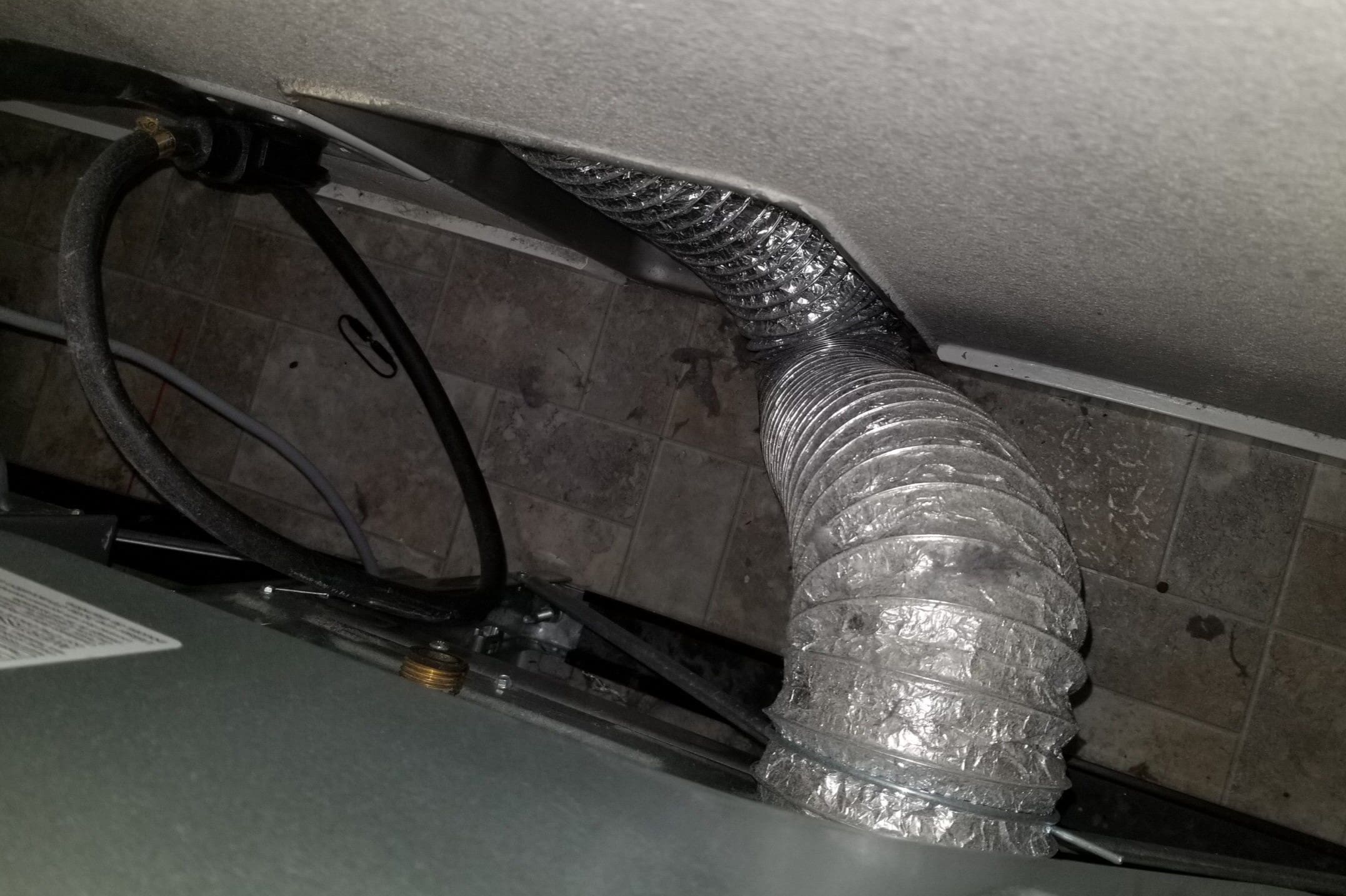
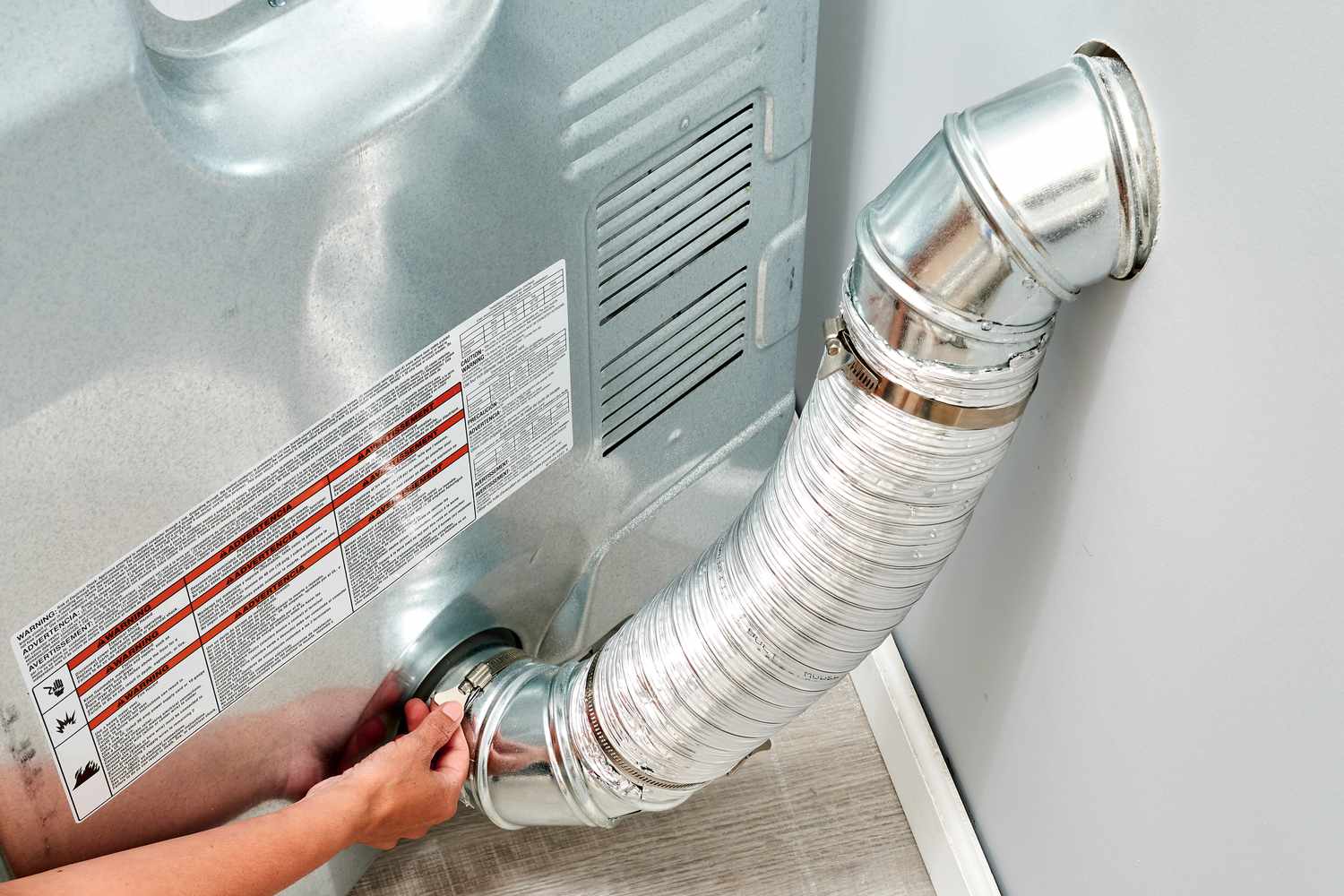
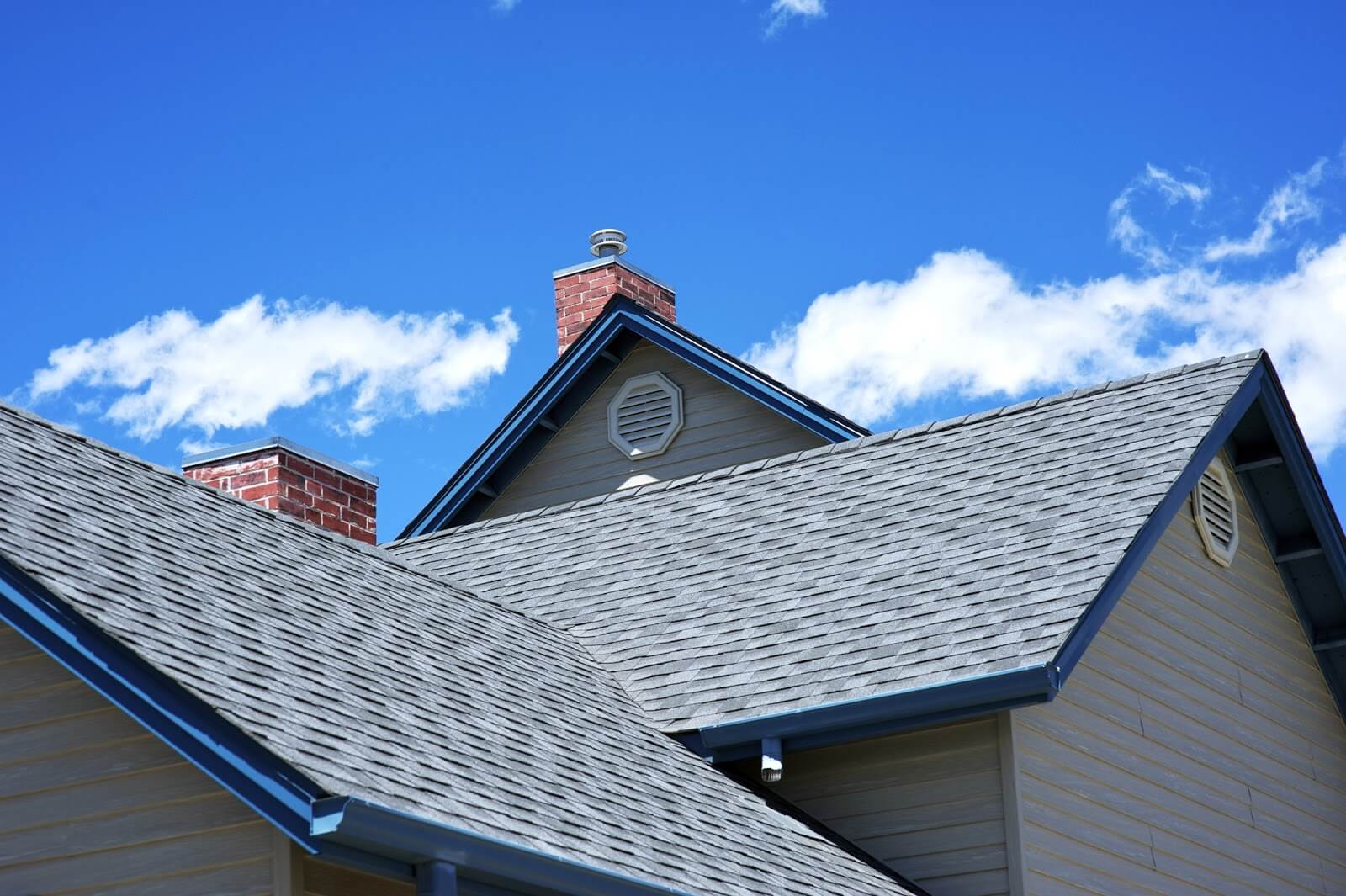
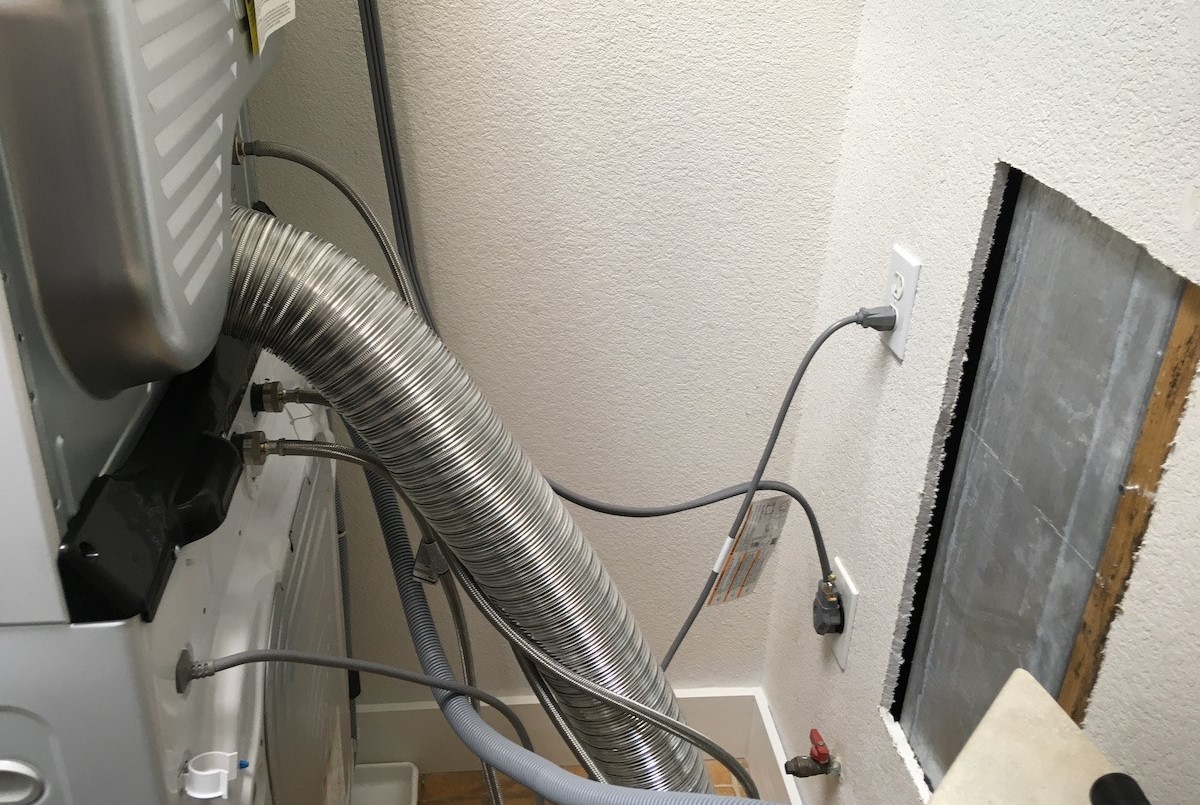
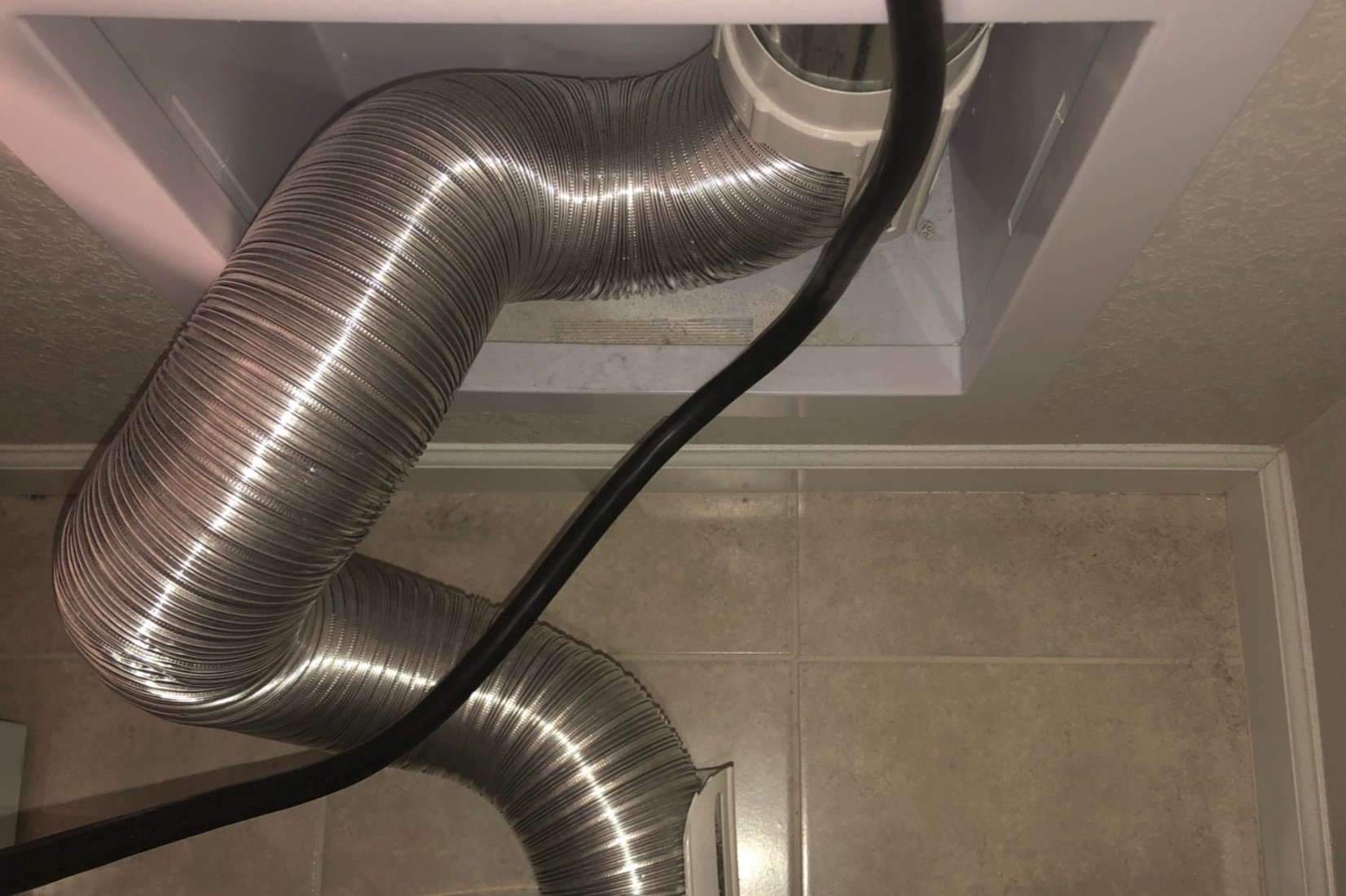
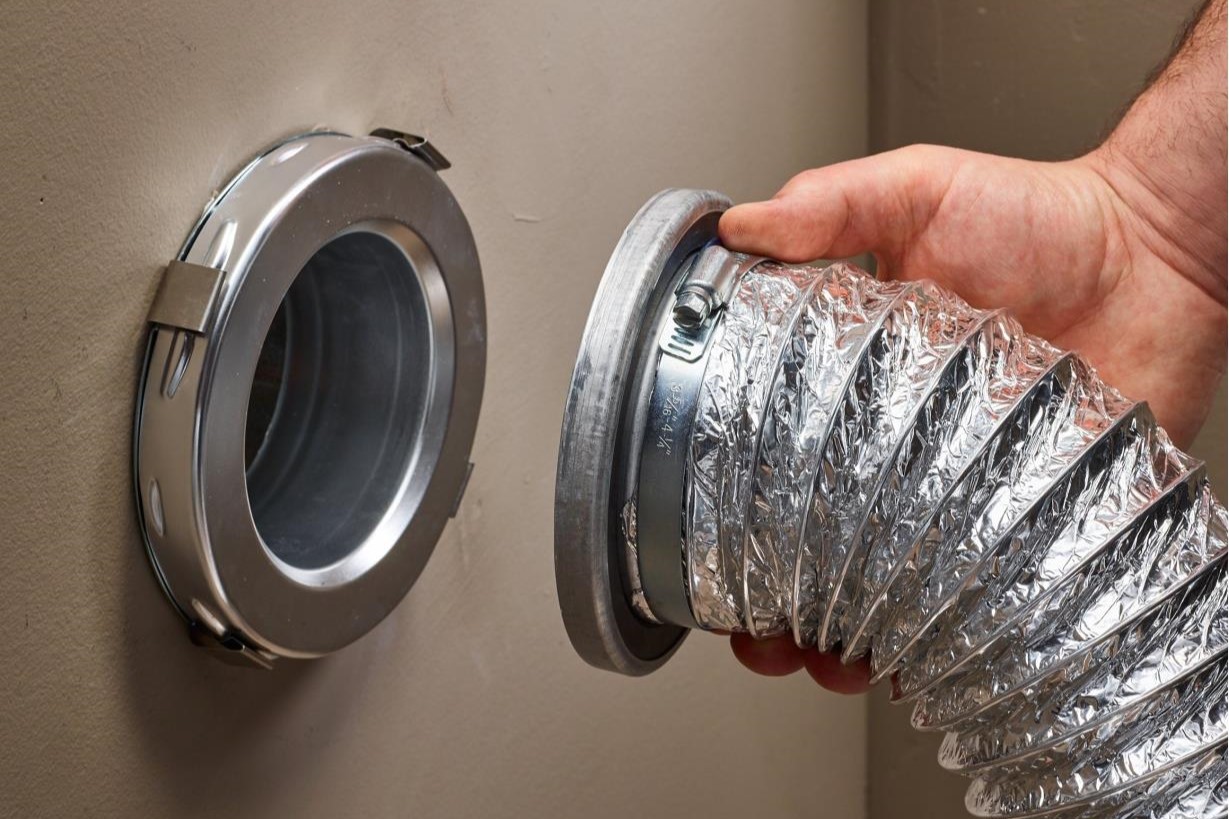
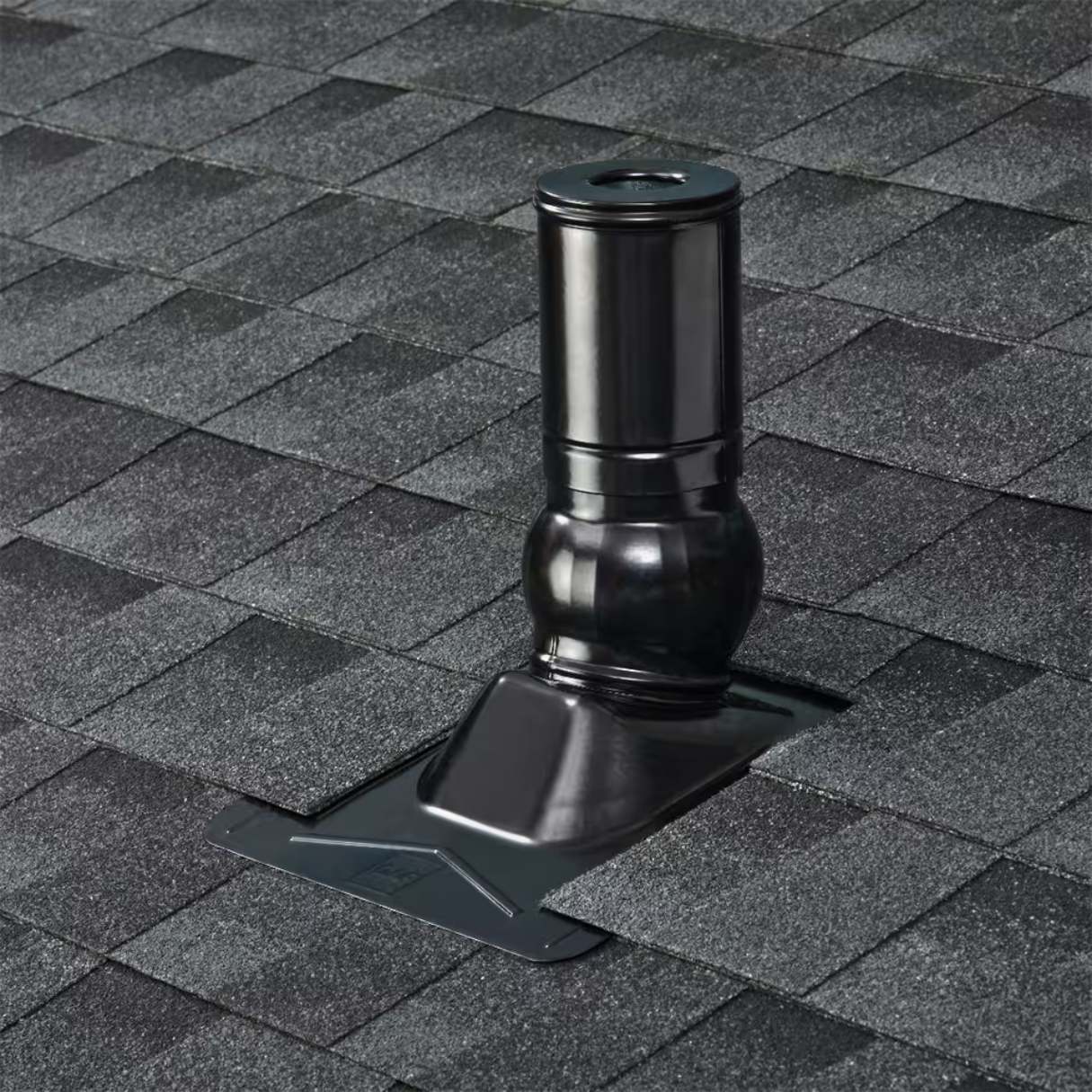
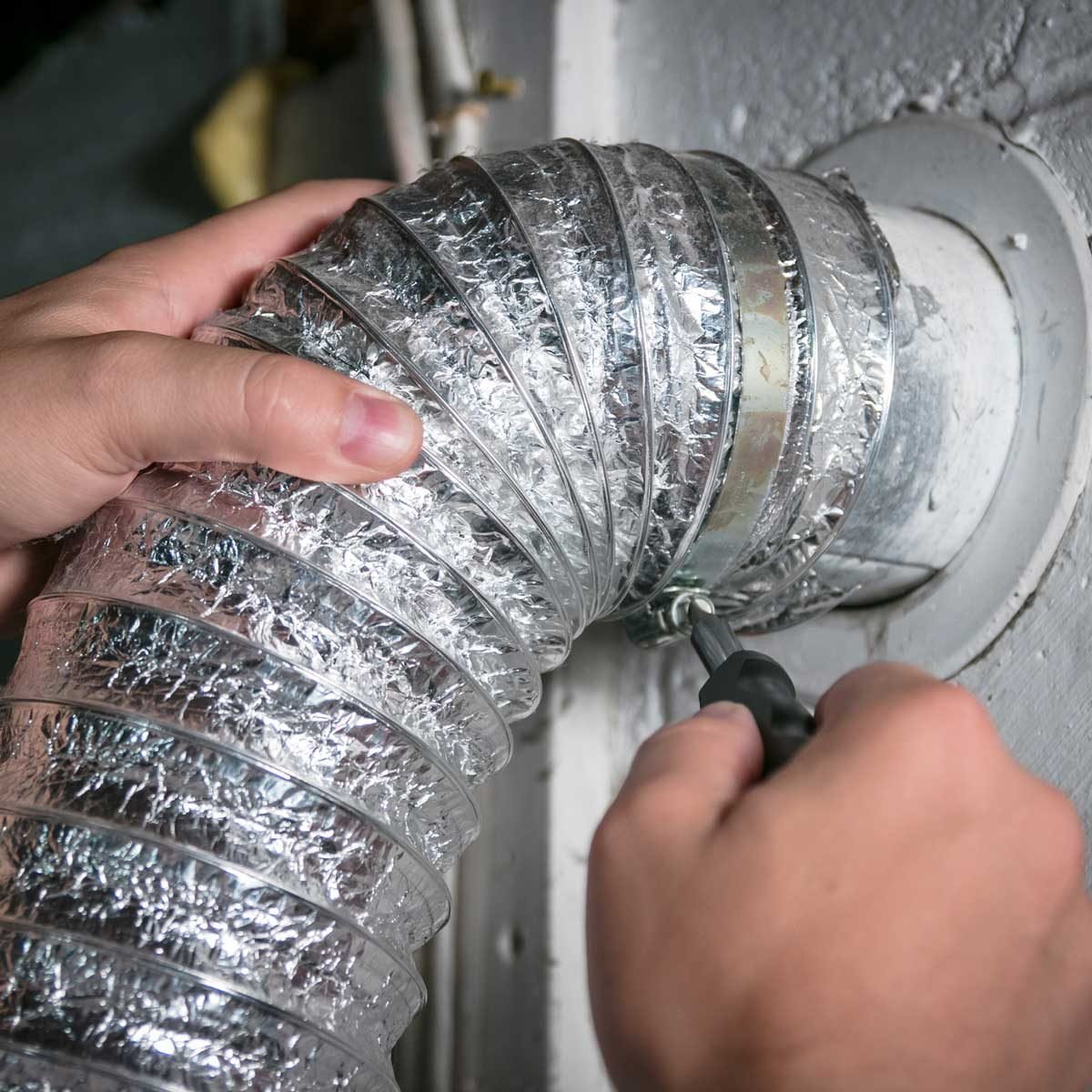
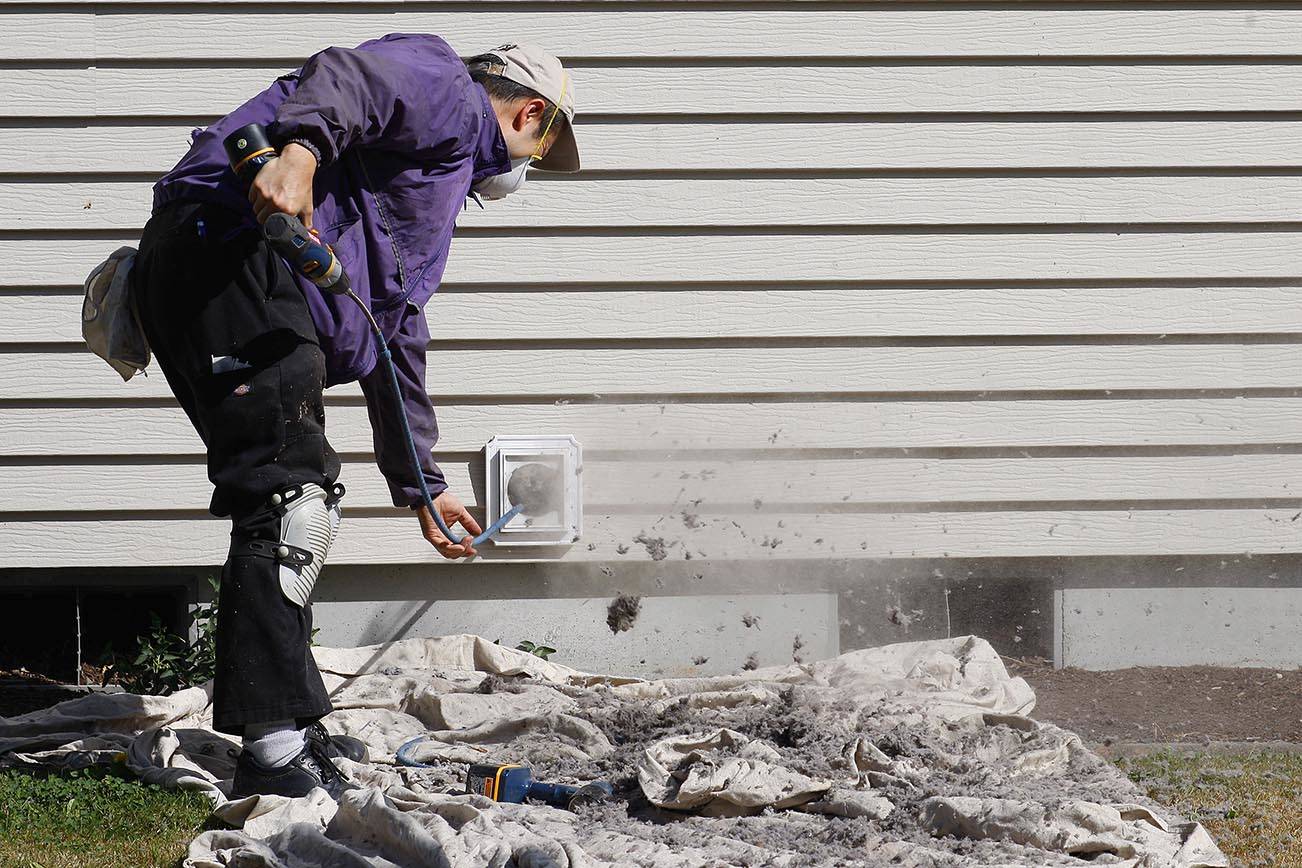
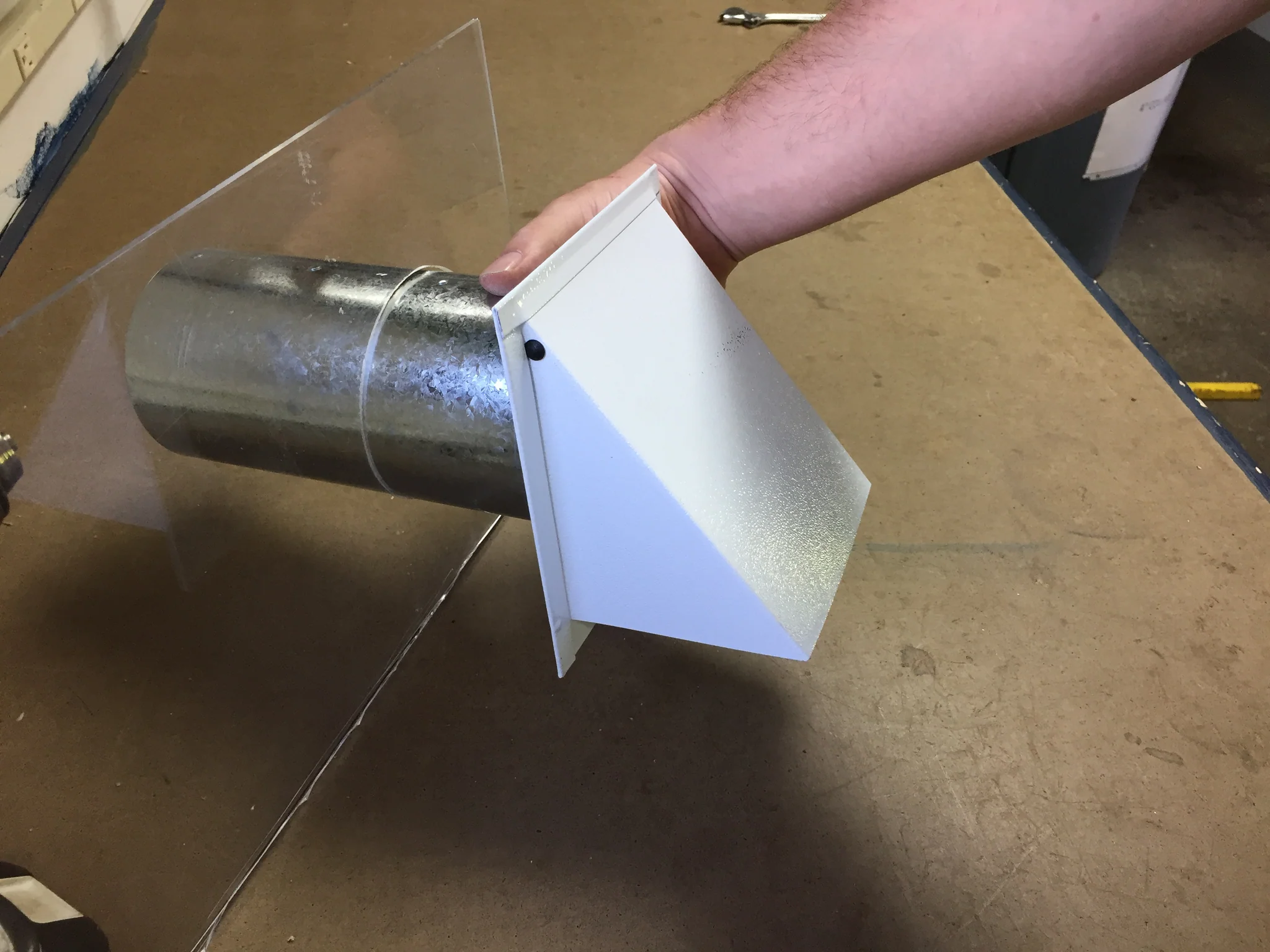
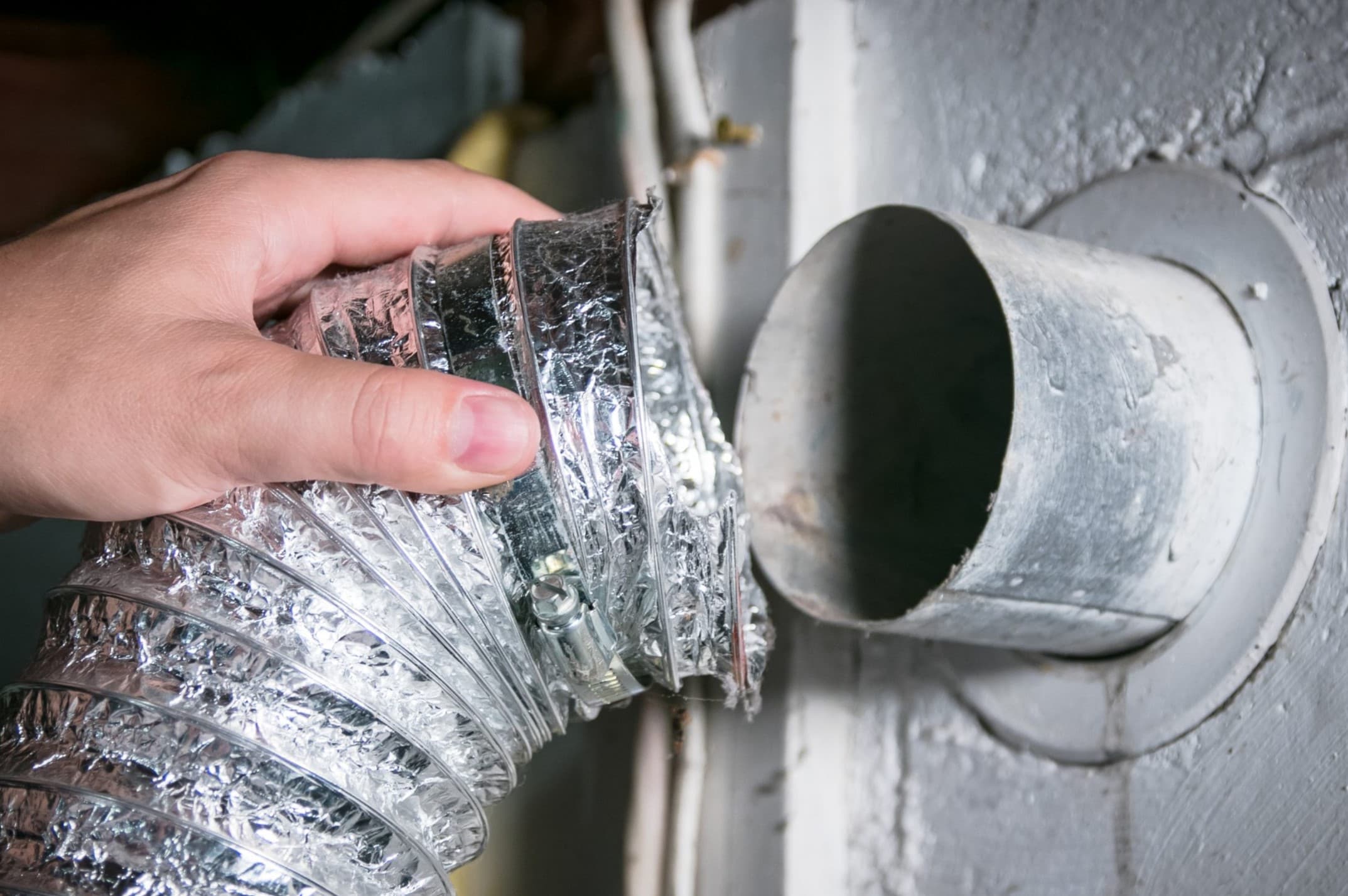
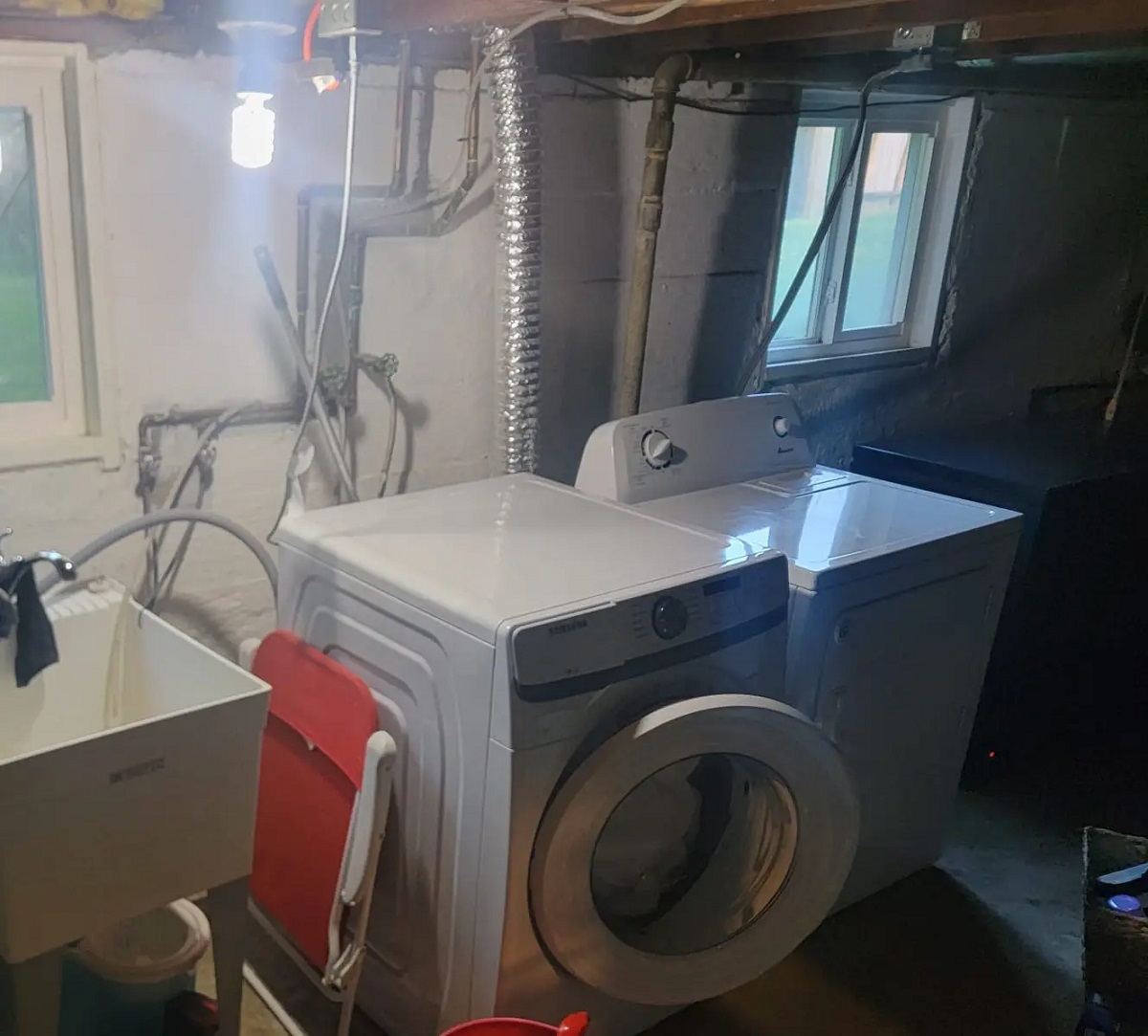
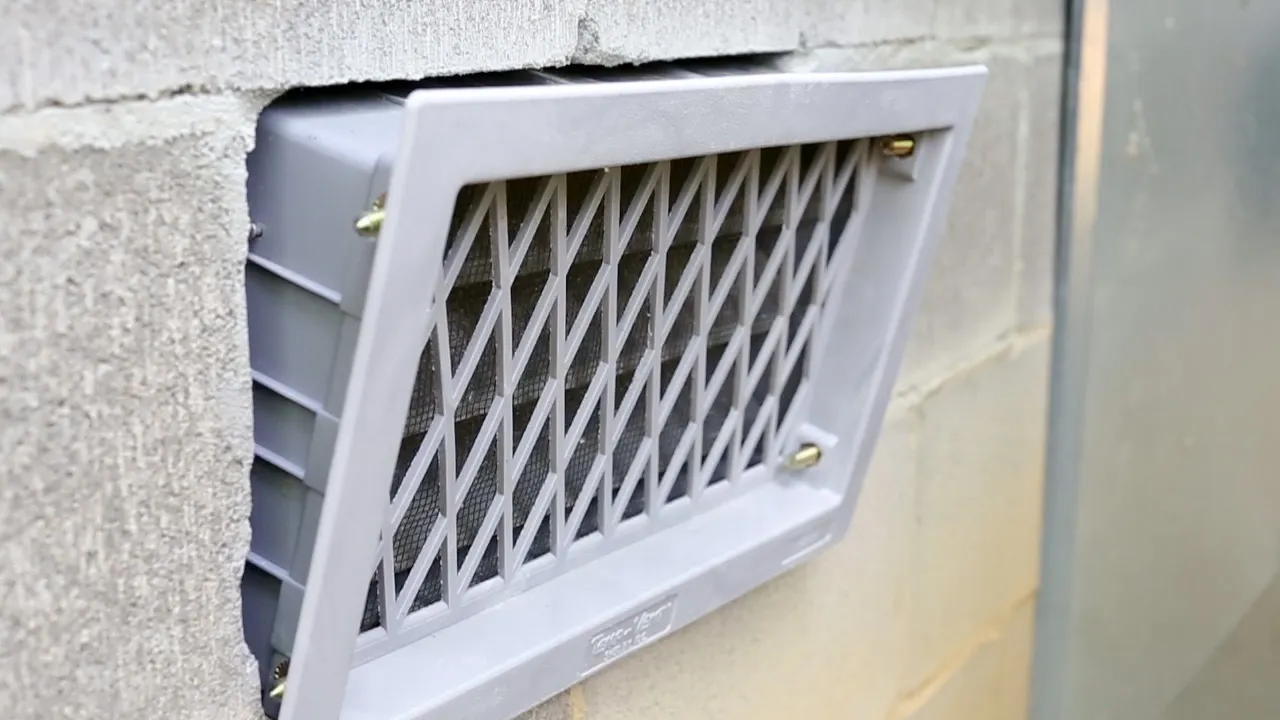

0 thoughts on “How To Replace Dryer Vent”